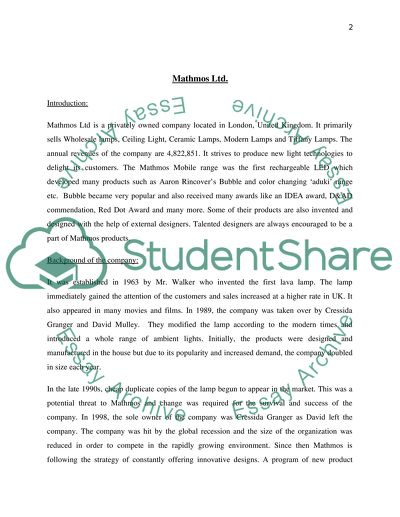Cite this document
(“Mathmos Ltd Dissertation Example | Topics and Well Written Essays - 4500 words”, n.d.)
Retrieved from https://studentshare.org/marketing/1417594-a-critical-analysis-of-the-management-style
Retrieved from https://studentshare.org/marketing/1417594-a-critical-analysis-of-the-management-style
(Mathmos Ltd Dissertation Example | Topics and Well Written Essays - 4500 Words)
https://studentshare.org/marketing/1417594-a-critical-analysis-of-the-management-style.
https://studentshare.org/marketing/1417594-a-critical-analysis-of-the-management-style.
“Mathmos Ltd Dissertation Example | Topics and Well Written Essays - 4500 Words”, n.d. https://studentshare.org/marketing/1417594-a-critical-analysis-of-the-management-style.


